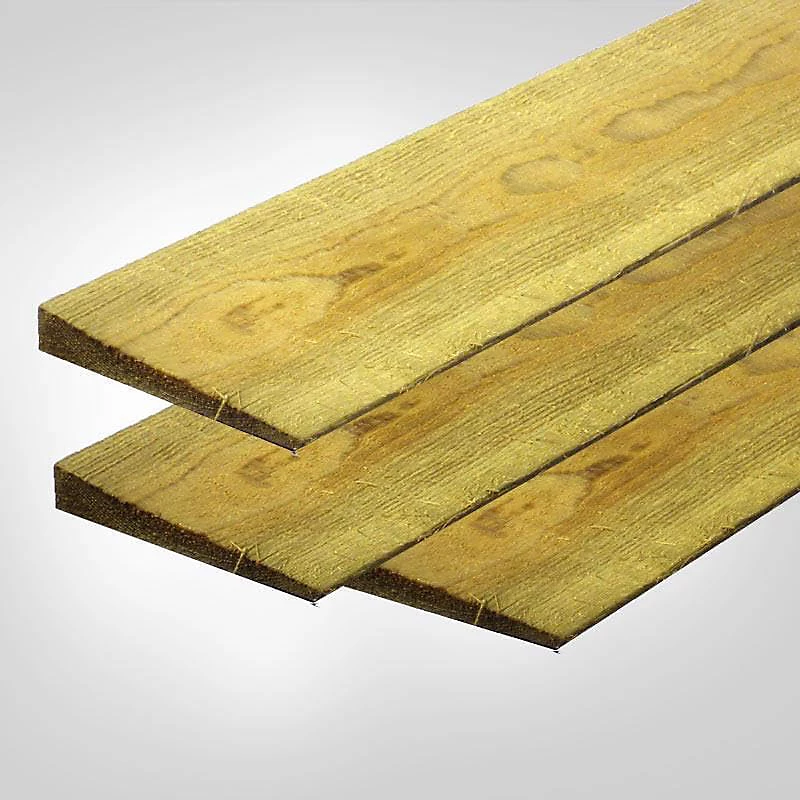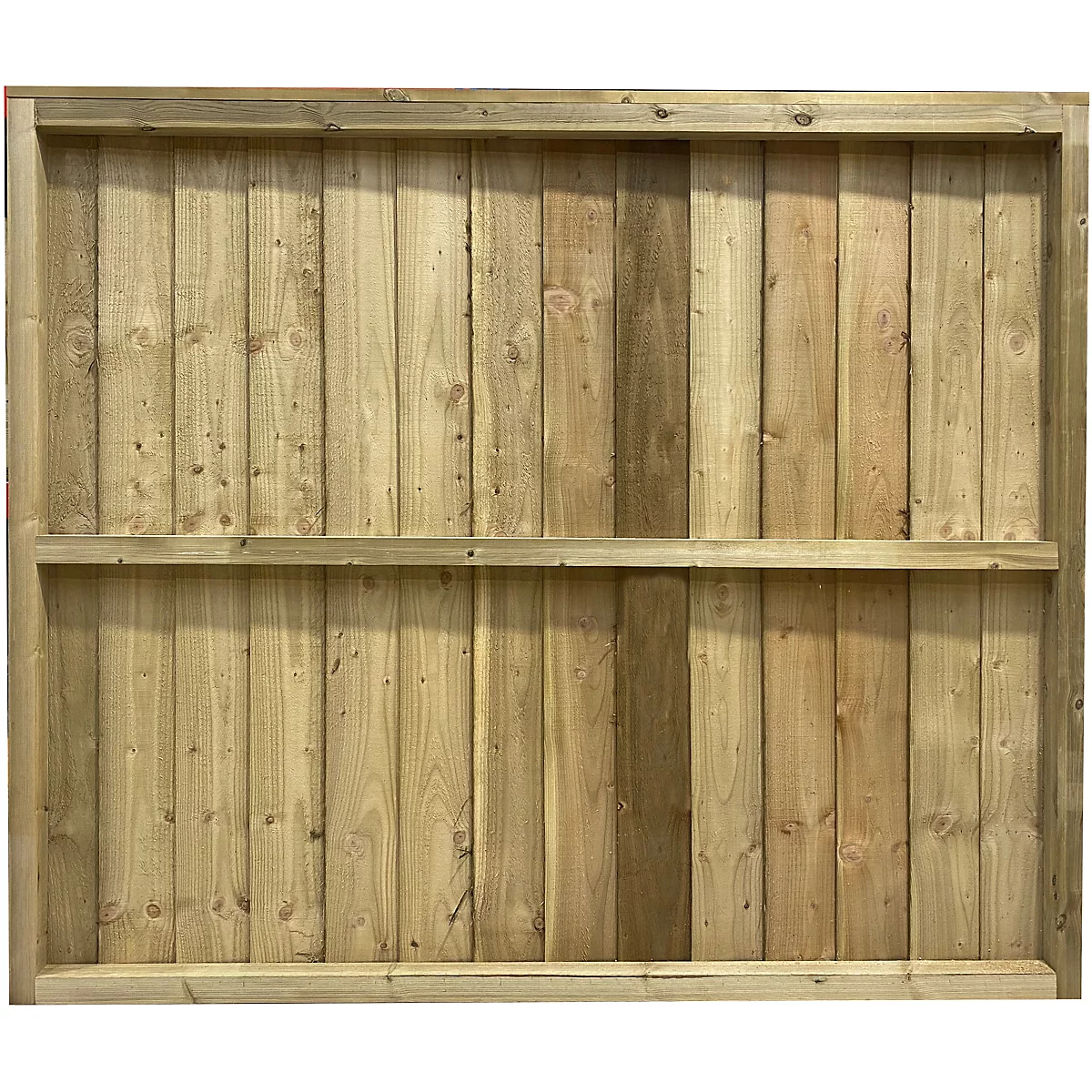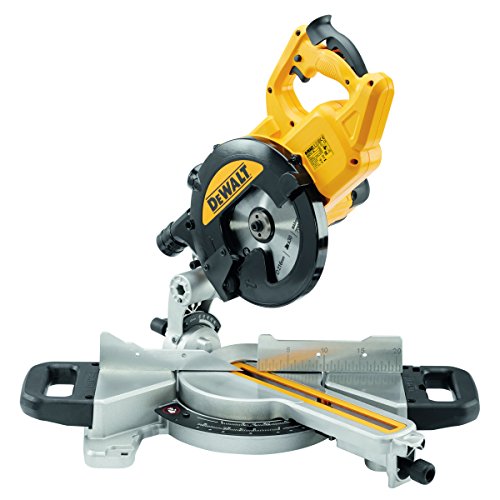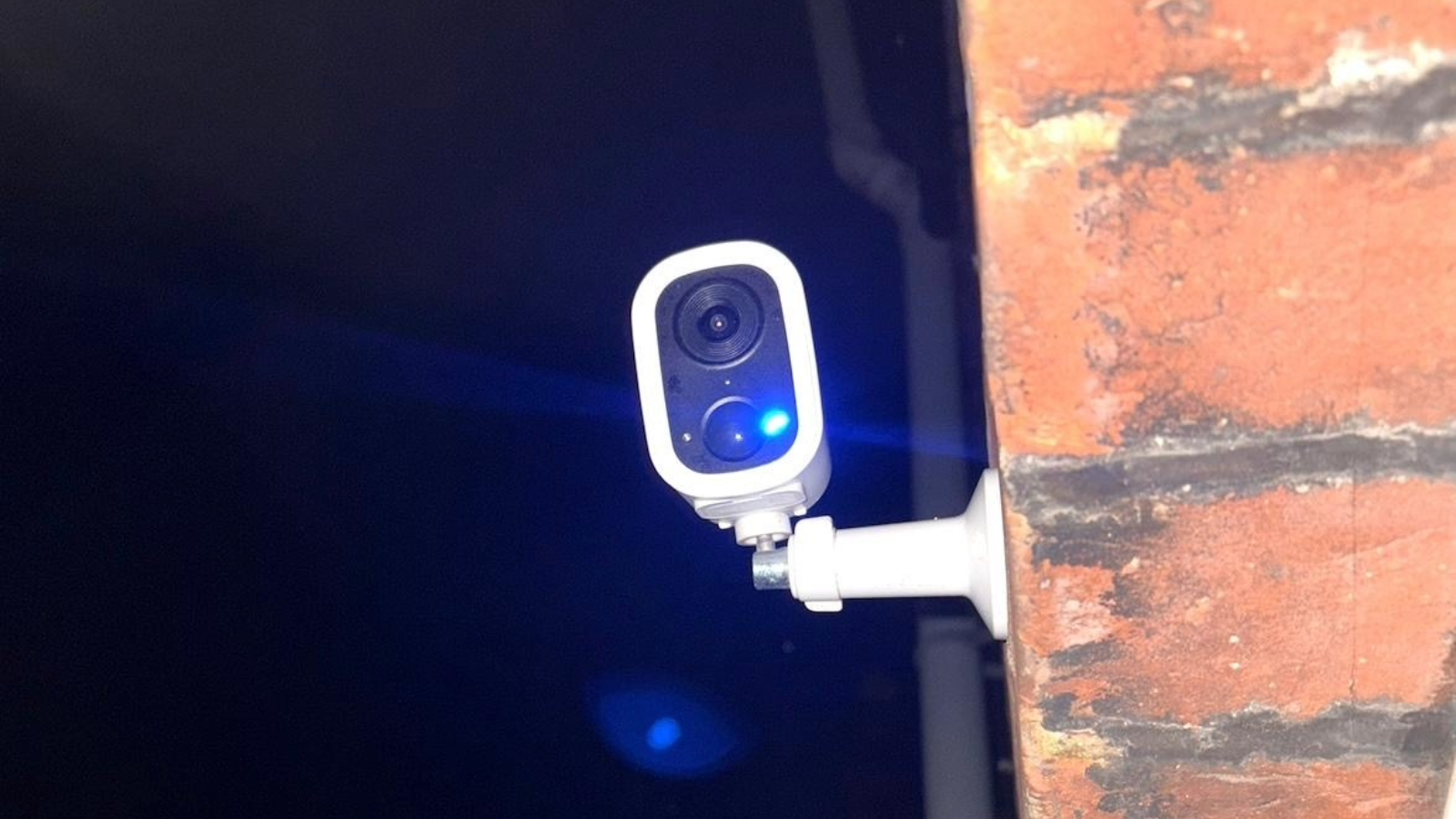What is feather edge fencing? The pros reveal how it differs from other types of fencing and how to build your own
Feather edge fencing offers stylish and secure garden boundaries. Find out more about this popular fence option

If you’re looking for new fencing, you could well be asking yourself, What is feather edge fencing? You’ve probably walked past it without realising what it is, but at the same time thinking, I’d like that fencing at home.
It offers style, substance, durability, and privacy, making it a great option for your next garden project. You can tackle it DIY, and you can even make the fence panels yourself to save costs.
But before diving in, make sure to check out our fence rules guide to ensure your new feather-edge fencing meets the desired requirements.

Mark has over 20 years of experience in the building sector and currently oversees Build & Plumb’s multi-million-pound operation. They supply top-quality products for DIYers, renovators, and trade professionals.
What is feather edge fencing?
Feather edge fencing is a popular type of fencing seen around the boundary of many homes. Mark Irving, Building expert at Build & Plumb, offers a quick description: " Feather edge fencing is a type of fencing made up from individual wooden slats that are partially overlapped to provide the illusion of a feathered edge,” hence the name.
He continues, “Feather edge boards are thinner at one edge and thicker at the other to create a tapered appearance. Typically, feather edge fencing is made from individual timber slats to provide strength and durability.”
Gary Tidman, lead designer at Only Lifts, adds, “Feather edge boards are fixed vertically along horizontal rails. Typically, these boards are made from high-quality timber, such as softwoods like pine, or hardwoods like cedar or oak, depending on the look and longevity desired.”
It’s worth noting that before you think about adding new fencing, you should check out our planning permission for fences guide to see if there are restrictions.
Bring your dream home to life with expert advice, how to guides and design inspiration. Sign up for our newsletter and get two free tickets to a Homebuilding & Renovating Show near you.
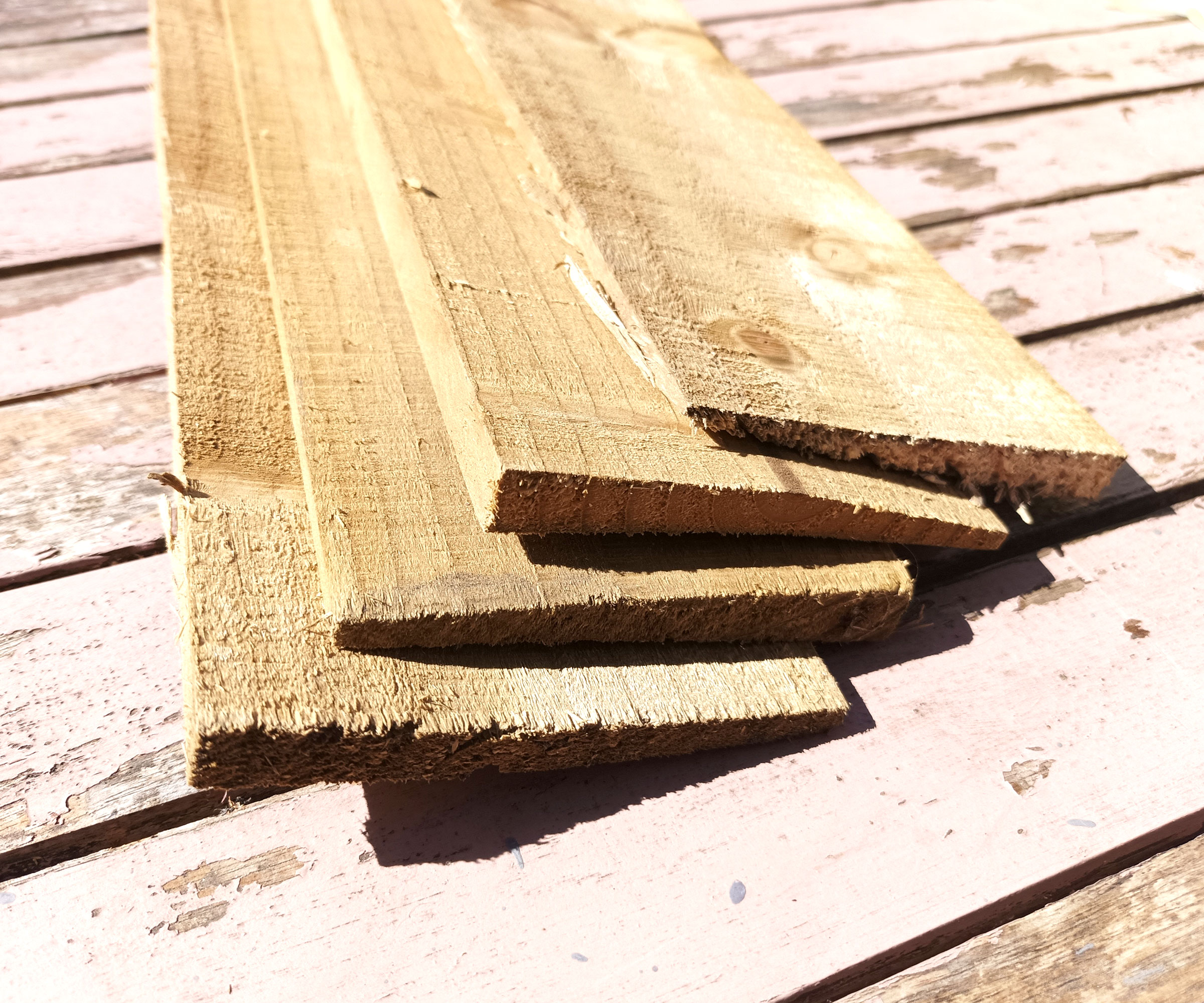

Tidman is a seasoned home improvement and construction expert with over 35 years of hands-on experience across the UK, Europe, and the Middle East. He has tackled everything from bespoke residential builds to complex retrofits in heritage and modern properties.
Try these if you want feather edge fencing
Feather edge fence panels sizes
When it comes to size, feather edge fencing follows the same path as most other types of fencing, such as overlap fencing (like this Forest Garden Traditional Overlap Dip treated 6ft Wooden Fence panel from B&Q). Tidman shares typical sizes: “Standard feather edge fence panels are usually around six feet in length, with varying heights, often ranging from three feet to six feet.”
How long does feather edge fencing last?
How long fencing lasts depends on the climate and how well it is cared for. Tidman says, “The typical lifespan of a feather edge fence panel is around 15 to 20 years, but this can vary depending on environmental factors.”
To extend the longevity of a fence panel, it needs to be treated. “It’s important to treat the timber regularly with preservatives or wood treatments, such as creosote or oil-based products (like the best fence paints), which help protect it from the elements, fungi, and insects.”
Fence panels are often pressure-treated; if not, it's a good idea to consider purchasing pressure-treated panels. These will have a guarantee and help preserve the timber. If you do buy pressure-treated timber, Irving offers a word of advice: “Staining your fence is important for improving its longevity.”
He adds, “This has to be done at least a year after the timber has been pressure treated to provide time for the wood to dry out”.
How to make feather edge fencing
If you’re a competent DIYer, building fence panels should be straightforward, but you will need the right tools to get the job done. Irving recommends the following, if you want to make your own:
- Timber feather edge panels
- Rail (horizontal frame to attach the panels to)
- Gravel board
- Galvanised nails or woodscrews
- Fence posts (like this Treated Fence Post from B&Q)
- Saw
- Drill/screwdriver (like this DEWALT 18V Combi Drill from Amazon)
- Spirit level
- Measuring tape
- Hammer (like this STANLEY 20oz Fibreglass Curved Claw Hammer from Amazon)
Irving says to begin building, “ Start by building a frame.” This will typically be 1.83mm (6 feet) wide plus whatever height you want (the maximum is commonly 1.83m).
Irving says, “Attach the gravel board to the bottom of the frame so the feather-edge boards can sit on top.” The next step is to add the feather edge boards. Irving continues, “Attach the feather edge boards to the frame using galvanised nails or wood screws to secure the boards in place.” He adds, “Make sure that each panel overlaps by 25 to 30 mm. It's best to use three nails or screws evenly at the top, middle, and bottom of the panels.” Typically, these are put through the thicker edge.
Nail vs screws for fixing fence boards
If building your own fence panels or replacing broken or damaged boards, you‘ll need to fix the boards to a frame. A common conundrum is whether to use nails or screws.
Both can be used, but Tidman points out, “Nails are the most common method.” This is quicker, but he adds, “Screws, on the other hand, can provide a more secure, long-lasting fix, though they may take longer to install.” They are more flexible as they are easier to remove than nails.
Irving recommends, “50mm galvanised steel nails and 75mm galvanised steel nails for the gravel board at the bottom of the fence.” He adds, “If you’re using screws then I recommend using 40mm stainless steel wood screws.” It's important not to use nails or screws that are too large, as these can split the timber. Test before you start to make sure you have the right size.
When you’ve finished installing fencing boards and panels you can make good use of the leftover nails and screws by learning how to fix trellis to a fence.
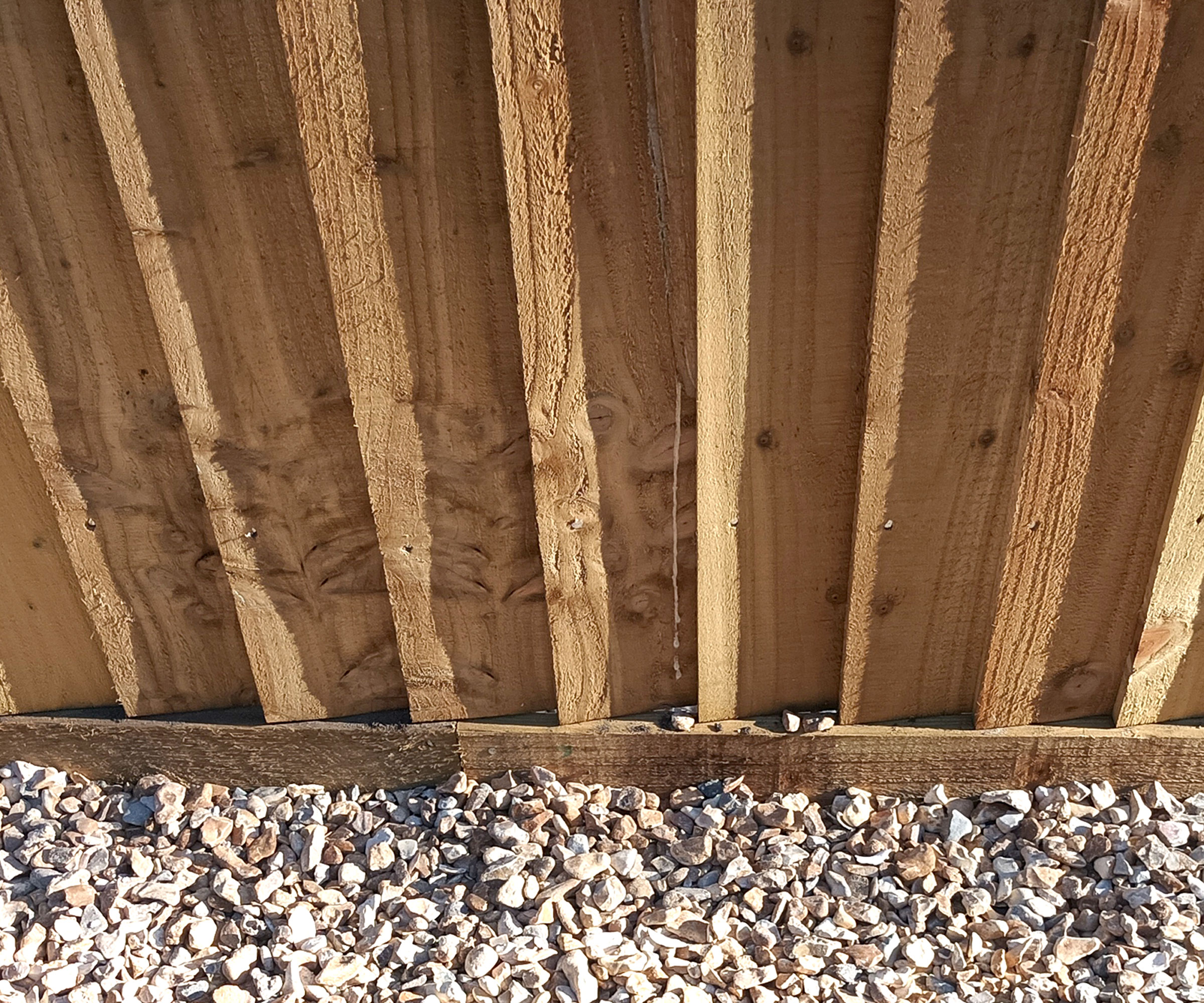
FAQs
What's the difference between closeboard and feather edge fencing?
Feather edge fence panels and closeboard panels are very similar in appearance, especially when viewed from the front. Irving points out, “Like feather edge fencing, closeboard fencing has vertical boards that partially overlap one another.”
The key difference between the two lies in the wood used to create the panels. As Irving shares, “Feather edge boards are thinner at one edge and thicker at the other, whereas closeboard fencing panels are the same thickness at either edge.”
Closeboard fencing is sturdier and provides a higher level of privacy, but it is typically more expensive than feather edge fencing. For more information, check out our cost to install a fence guide.
Can feather edge boards be installed horizontally?
Yes. While feather edge boards are traditionally used vertically, they can be used horizontally. It's rare to find pre-made feather edge panels that run vertically, but if you are creating bespoke panels, the choice is yours.
Horizontal feather edge boards are often a style choice and work well with small panels, which don’t need to match up with standard feather fence panels. Tidman says, “Horizontal panels can provide a unique look and be effective depending on the space and design you're aiming for.”
A good example will be a narrow panel where feather edge fencing can complement other types of fencing, such as overlap panels, as both run horizontally.
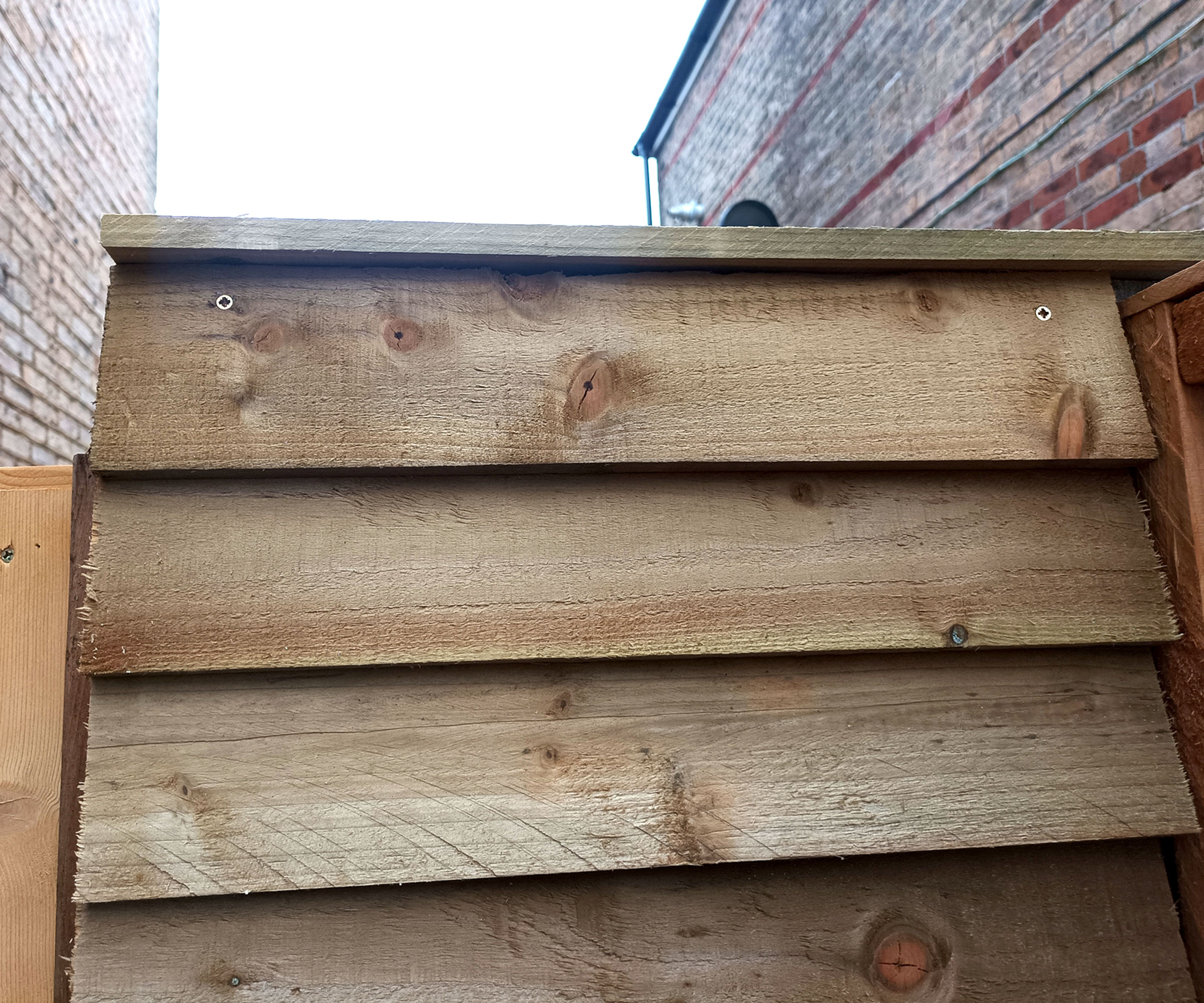
Feather edge fencing is just one option for new fencing. To make the most of your fencing make sure to check out our cheap fence ideas, privacy fence ideas and small fence ideas when you're ready to update your boundaries.
Steve Jenkins is a freelance content creator with over two decades of experience working in digital and print and was previously the DIY content editor for Homebuilding & Renovating.
He is a keen DIYer with over 20 years of experience in transforming and renovating the many homes he has lived in. He specialises in painting and decorating, but has a wide range of skills gleaned from working in the building trade for around 10 years and spending time at night school learning how to plaster and plumb.
He has fitted kitchens, tiled bathrooms and kitchens, laid many floors, built partition walls, plastered walls, plumbed in bathrooms, worked on loft conversions and much more. And when he's not sure how to tackle a DIY project he has a wide network of friends – including plumbers, gas engineers, tilers, carpenters, painters and decorators, electricians and builders – in the trade to call upon.
